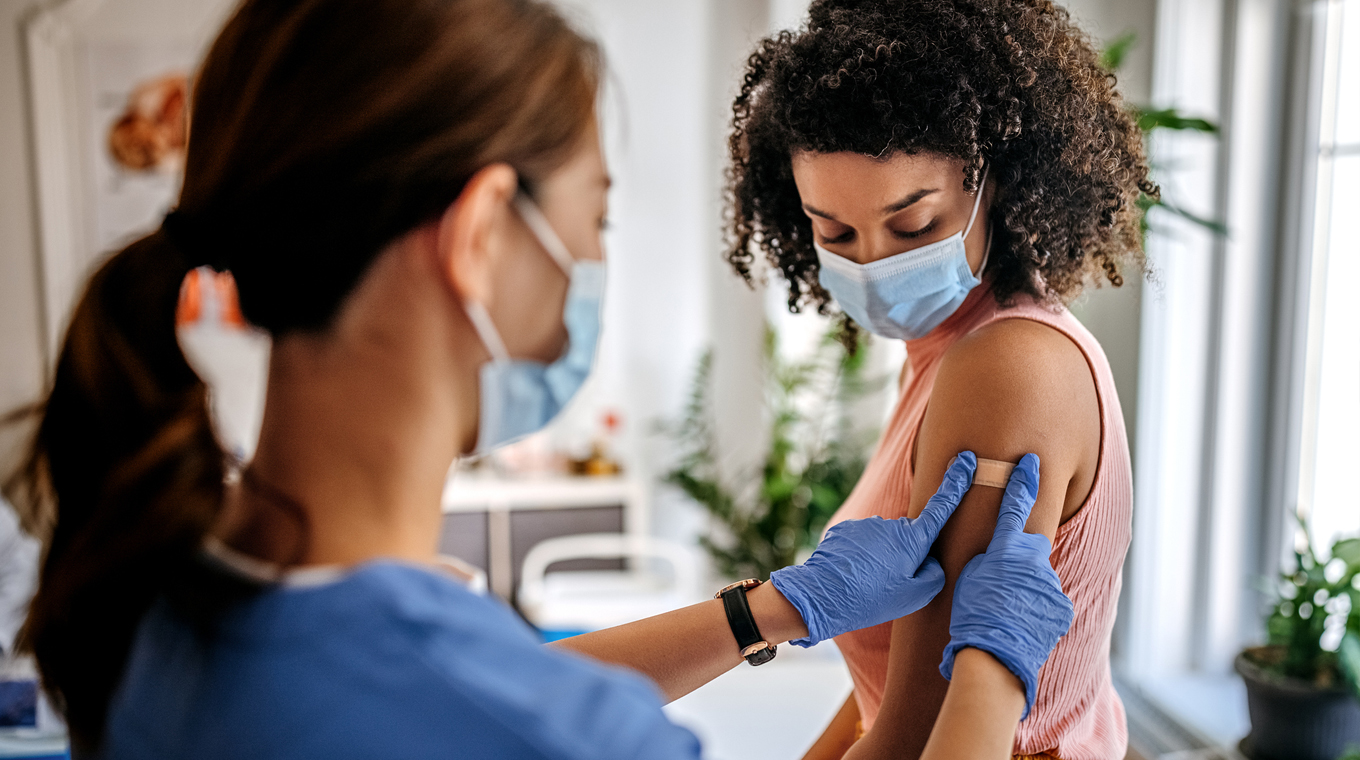
In this article
Health awareness months, days, and weeks are imperative to the prevention, detection, diagnosis, and treatment of disease. They bring important health concerns to the forefront and shed light on a variety of health concerns, like cervical cancer. Among women, trans men, and nonbinary people, cervical cancer is the fourth most common cancer globally. Since January is Cervical Cancer Awareness Month, here are 11 things you should know.
What is Cervical Cancer Awareness Month?

Each year, 4,000 people in the United States die from cervical cancer. Regular screenings could allow doctors to treat the disease at its precancerous stage.
1. January is Cervical Cancer Awareness Month.
Cervical Cancer Awareness Month was designated as a way to ensure at-risk individuals receive effective screenings, have access to preventative vaccinations, and receive treatment for pre-cancerous cervix lesions. In 2020, The World Health Assembly introduced an initiative to end cervical cancer within a few generations.
2. Cervical cancer is the most frequently diagnosed cancer among those between the ages of 35 – 44.
According to the Centers for Disease Control and Prevention (CDC), anyone with a cervix can contract cervical cancer, though it is more common the older a person gets.
3. The Human Papillomavirus (HPV) is the main cause of cervical cancer.
While half of all sexually active people will get HPV, of those, not all will contract cervical cancer. Out of 100,000 people, 7.8 are diagnosed with cervical cancer each year according to the American Association for Cancer Research.
Diagnosis of cervical cancer: You may not need a yearly exam

Are you undergoing too many routine cervical cancer screenings? Read on to find out whether you might be able to skip your Pap test this year.
4. Cervical cancer often goes undetected until it has spread.
Typically, there are no initial symptoms in the early stages of the disease. But occasionally there are signs to watch for including vaginal bleeding after sex and bleeding post-menopause or between periods. However, it’s important to schedule an appointment with your physician as these are common symptoms and don’t necessarily indicate cancer is present.
5. The Papanicolaou test (Pap test) is a routine (yearly) screening used to diagnose cervical cancer.
Named for the doctor who developed it, the Pap test detects abnormal cells in the cervix. It’s recommended that those of child-bearing age schedule regular screenings as determined by their healthcare provider.
6. Cervical cancer screening guidelines have changed in recent years.
In the past, yearly screenings were common; however, guidance changed in 2018. Pap tests are now recommended every 3-5 years depending on age, prior screening results, and risk factors.
“I think that both patients and providers are hesitant to give up more frequent screening, because they worry it could increase the risk of cancer," Dr. Jason D. Wright wrote for Columbia University, Irving Medical Center. “But the guidelines are backed by science; there are very good studies that show that screening every three to five years is enough to detect cancer among women with average risk.”
7. HPV DNA Testing is often done in conjunction with a Pap test.
A Pap test isn’t the only option for the diagnosis of cervical cancer. HPV DNA testing is often done at the same time as a Pap sample is taken. HPV type 15 and HPV type 18 are often the most common infections associated with cervical cancer. The HPV DNA test checks for these and other HPV types.
Cervical Cancer Awareness Month: Things to do

There are several things you can do this month to mark Cervical Cancer Awareness Month. Read on to find out, and if you’re all set, be sure to pass this information on to a friend.
8. Learn more about HPV vaccines and decide if vaccination is the right choice for you.
There are currently three HPV vaccines licensed in the U.S., but since 2016 only Gardasil-9 has been distributed in the United States. The CDC indicates that the vaccine has the potential to protect against 90 percent of HPV-related cancers. While there is some trepidation surrounding the vaccine (and a few lawsuits over the years) the CDC has deemed the vaccine safe and effective.
Tracie Richter is a cervical cancer survivor who advocates for HPV vaccination and cervical cancer awareness.
"I’m a mother of two young boys, and know that they need to be vaccinated too,” she told University of Alabama News. "People misunderstand and think that children only need the HPV vaccine if they are or will be sexually active, and that’s simply not true. The HPV vaccine can save many lives and prevent cervical cancer from ever occurring. HPV cancers can be preventable, and we have the ability to make them so.”
9. Schedule your Pap test screening.
If it’s been a while since your last gynecological exam, take the time this month to schedule a cervical cancer screening. You may be eligible for free low-cost health screenings. Find out if you qualify and locate cervical cancer screening and diagnostic service facilities near you.
10. Use protection for all types of sex.
Because HPV can be transmitted by skin-to-skin contact, and the infection can spread beyond reproductive organs, condoms are not 100% effective in preventing HPV.
11. Consider a financial donation to raise awareness and fund cervical cancer research.
There are several organizations working hard to raise awareness about cervical cancer. During Cervical Cancer Awareness Month, help these organizations by donating your time and/or money to end cervical cancer:




